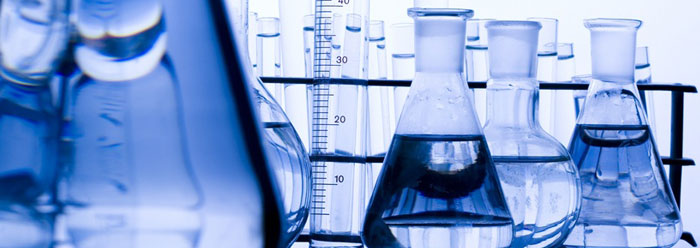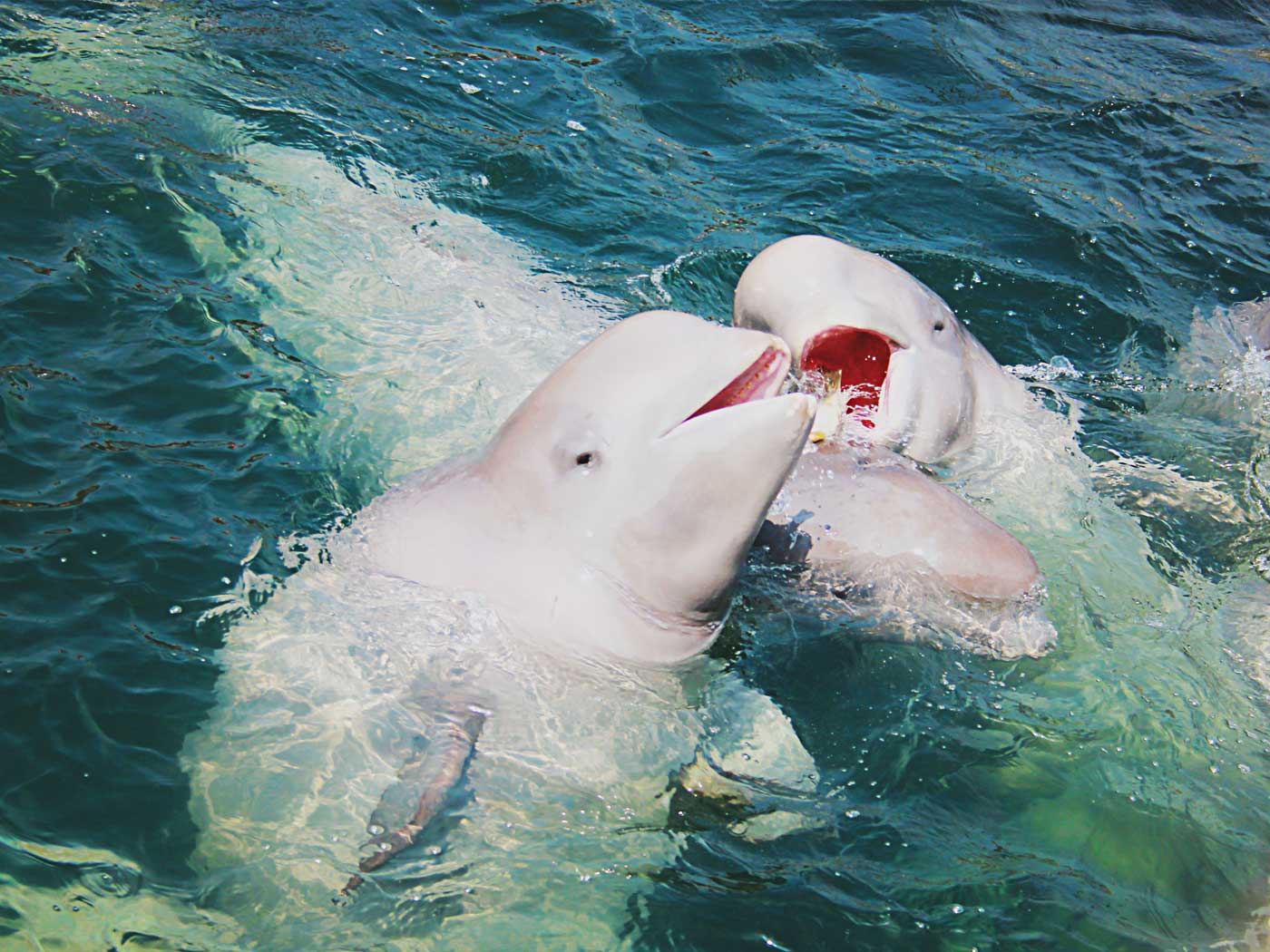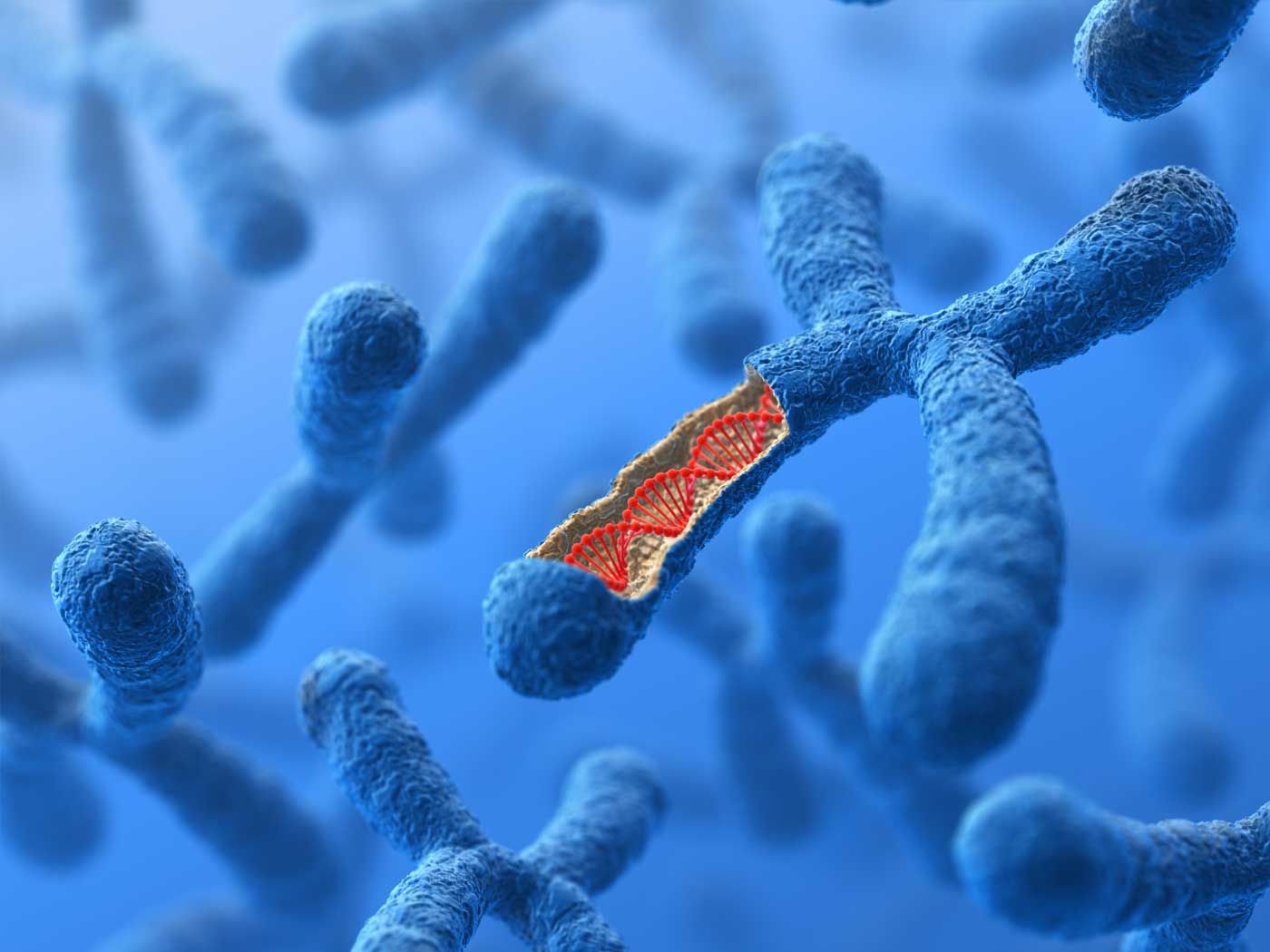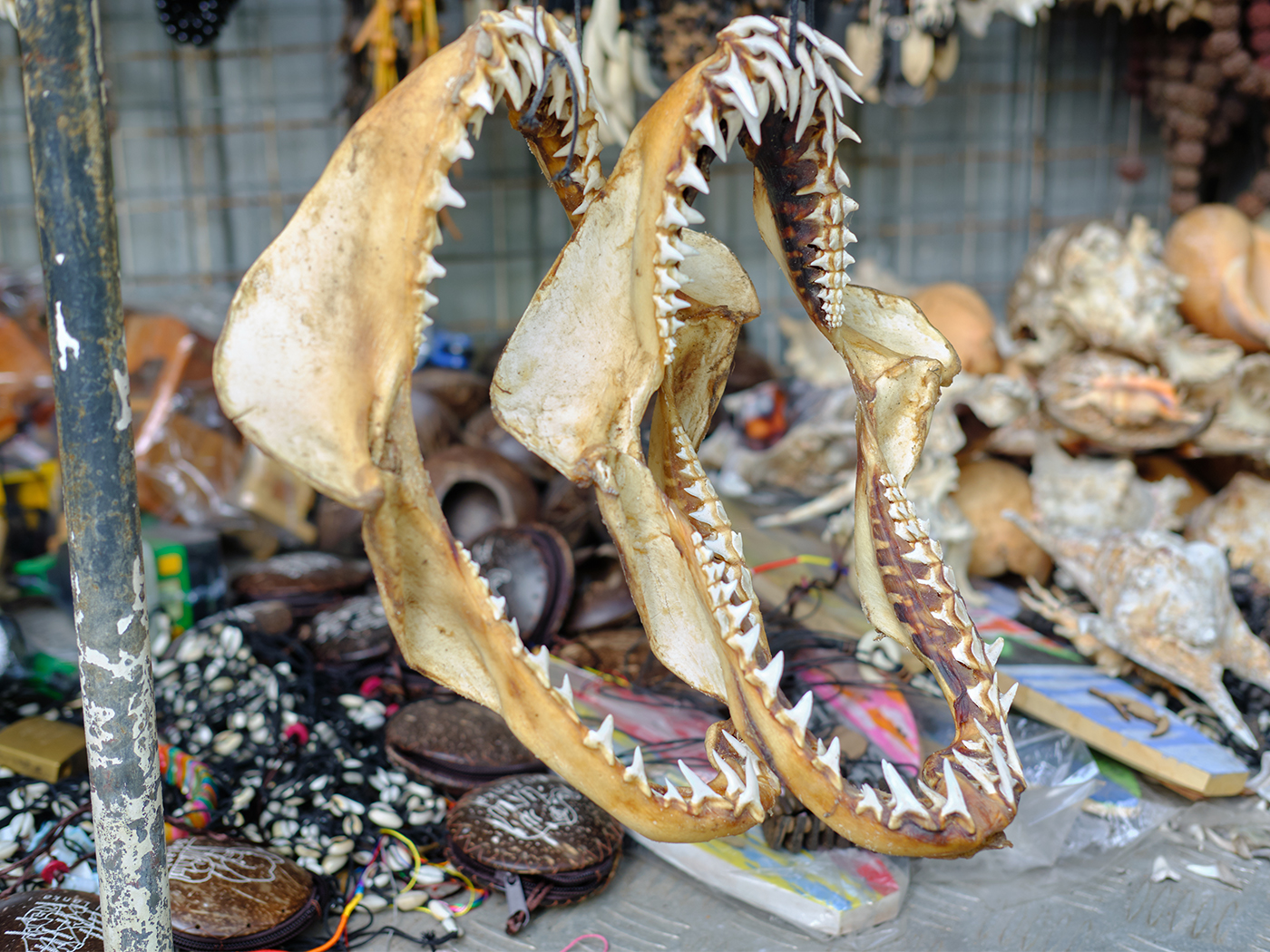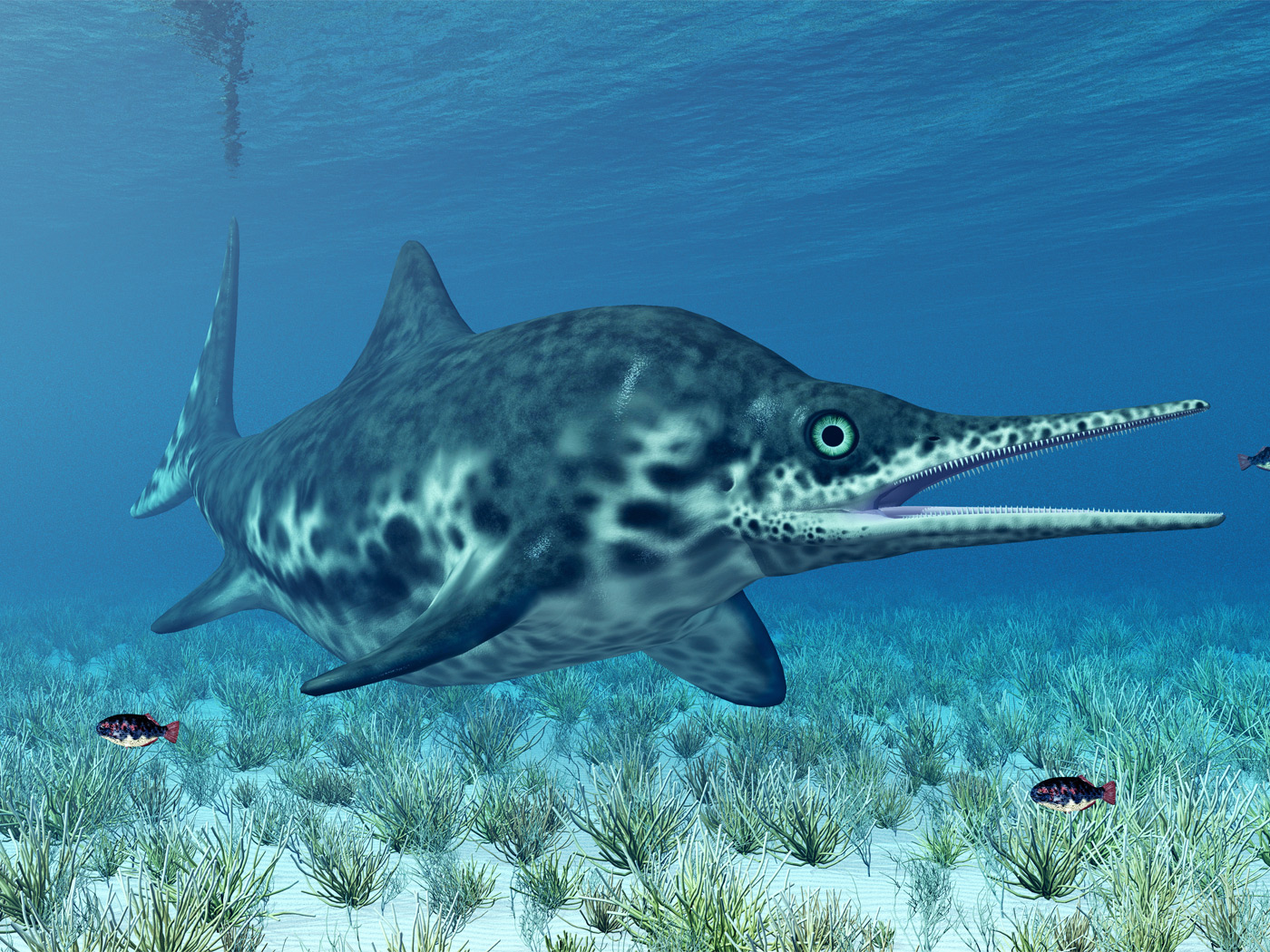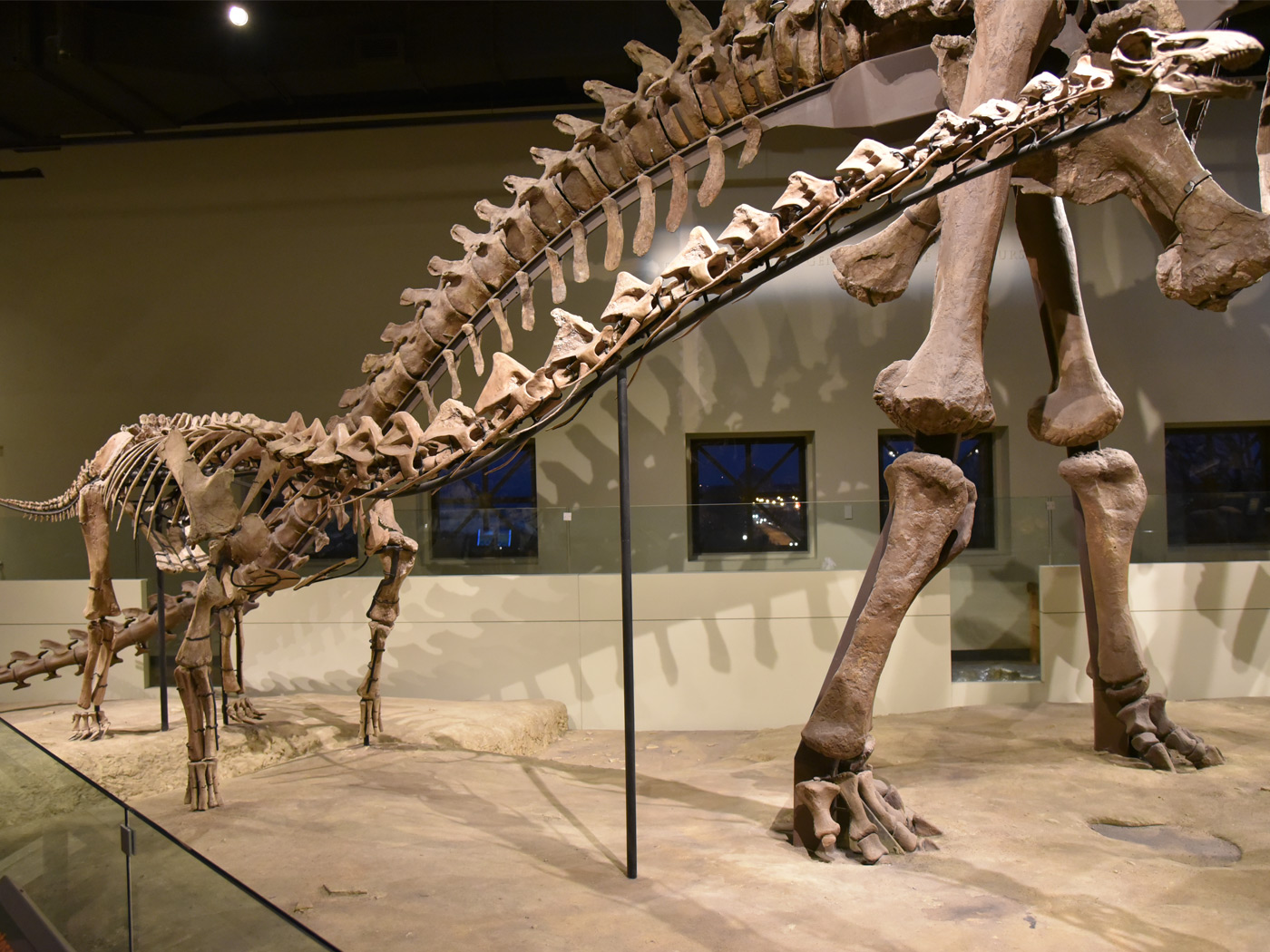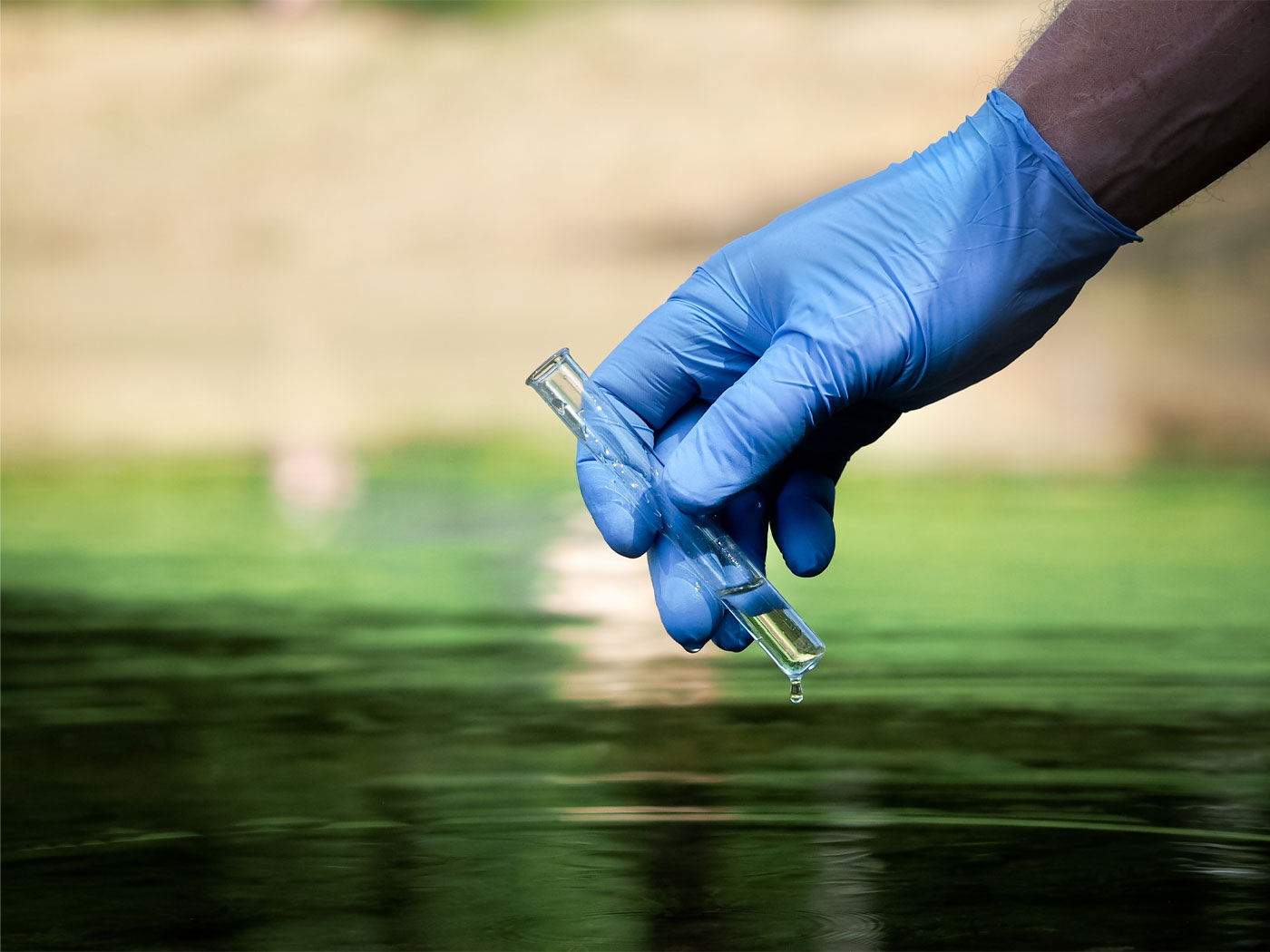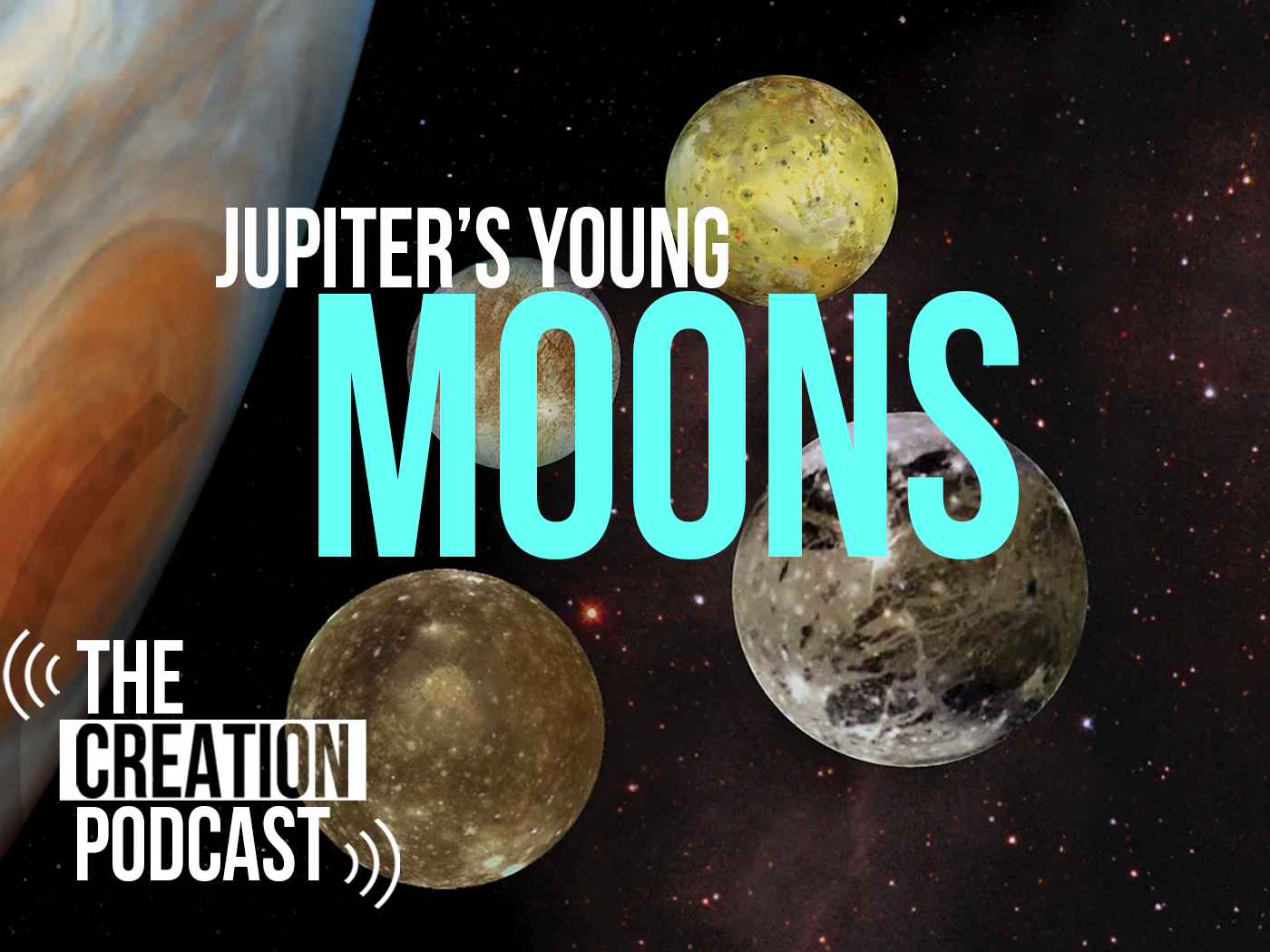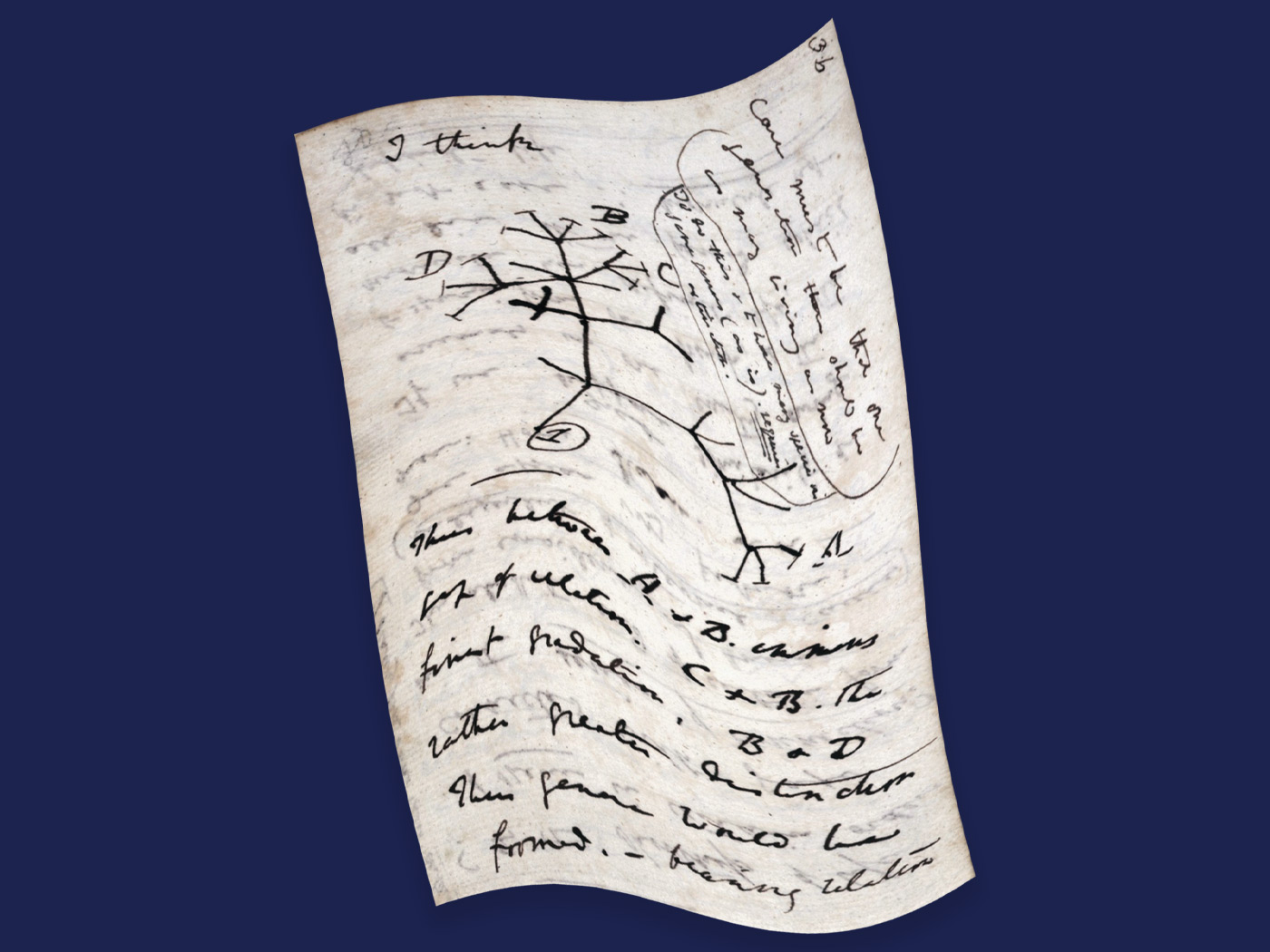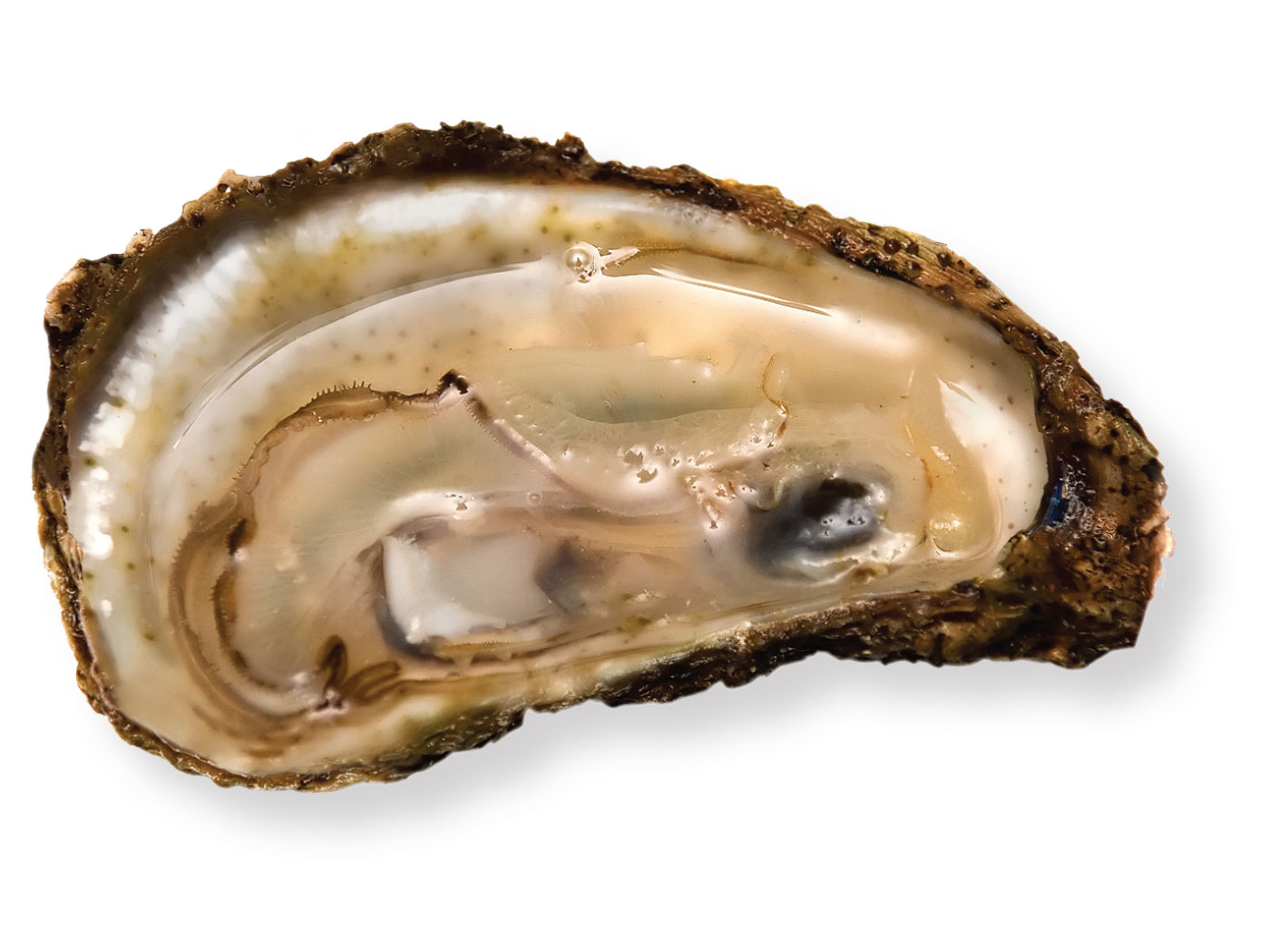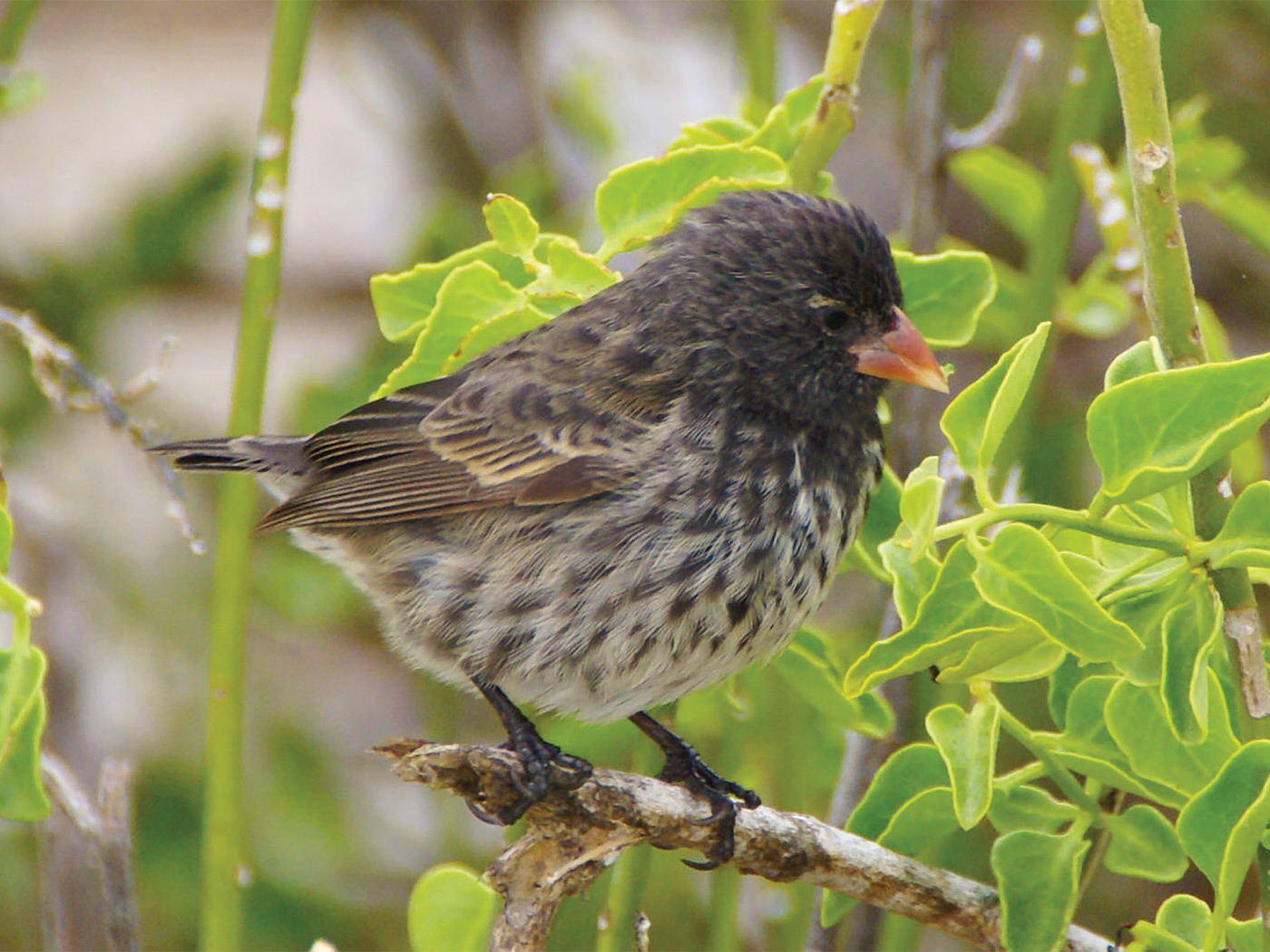Bacteria capable of metabolizing nylon were discovered in the 1970s. Nylon is a man-made substance that was developed in the 20th century. Since bacteria had not been exposed to it before then, could their new capacity to consume nylon positively demonstrate evolutionary progress?
Evolution (also known as macroevolution) is typically described as a natural process that generates new biological structures from less ordered material, such that (given time, selection of fitter individuals in a population, and mutations) “simple” creatures like bacteria are transformed into complex organisms like birds. This process implies a developmental history of life that is incompatible with that described in the Bible, which portrays the creation of fully-formed life (Genesis 1:11-27).
On the other hand, adaptation (or microevolution) describes the capacity of organisms to undergo limited changes over several generations in order to make better use of, or survive better in, different environments. Creation scientists agree that God’s creatures were given the potential to adapt to different environments, but they propose that these adaptations have natural limits. Adaptations in response to environmental changes are observed in nature, but evolution is not.
Many supporters of evolutionary theory have claimed that nylon-eating bacteria strongly demonstrate the kind of evolution that can create new cellular structures, new cells, and new organisms.1 However, examining only the apparent, visible beneficial trait can be misleading. Recent research into the genes behind these traits indicates that no evolution has taken place.2 In fact, the genes of nylon-eating bacteria show that they have been degraded through mutation.
The gene that mutated to enable bacteria to metabolize nylon is on a small loop of exchangeable DNA.3 This gene, prior to its mutation, coded for a protein called EII with a special ability to break down small, circularized proteins. Though synthetic, nylon is very protein-like because inventor Wallace Carothers modeled the original fiber based on known protein chemistry. Thus, after the mutation, the new EII protein was able to interact with both circular and straightened-out nylon. This is a clear example of a loss of specification of the original enzyme. It is like damaging the interior of a lock so that more and different keys can now unlock it.
This degeneration of a protein-eating protein required both the specially-shaped protein and the pre-existence of its gene. The degeneration of a gene, even when it provides a new benefit to the bacteria, does not explain the origin of that gene. One cannot build a lock by damaging pre-existing locks. Nylon-eating bacteria actually exemplify microevolution (adaptation), not macroevolution. Science continues to reveal, though, how benevolent is our Creator God, who permits bacteria to benefit from degradation, and man also to benefit from bacteria that can recycle synthetic waste back into the environment.
References
- Thwaites, W.M. 1985. New Proteins Without God’s Help. Creation/Evolution. 5 (2): 1-3.
- Anderson, K.L, and G. Purdom. 2008. A Creationist Perspective of Beneficial Mutations in Bacteria. Proceedings of the Sixth International Conference on Creationism. Pittsburgh PA: Creation Science Fellowship and Dallas, TX: Institute for Creation Research, 73-86.
- Yasuhira, K. et al, 2007. 6-Aminohexanoate Oligomer Hydrolases from the Alkalophilic Bacteria Agromyes sp. Strain KY5R and Kocuria sp. Strain KY2. Applied and Environmental Microbiology. 73 (21): 7099-7102.
* Mr. Thomas is Science Writer.
Article posted on August 25, 2008.




